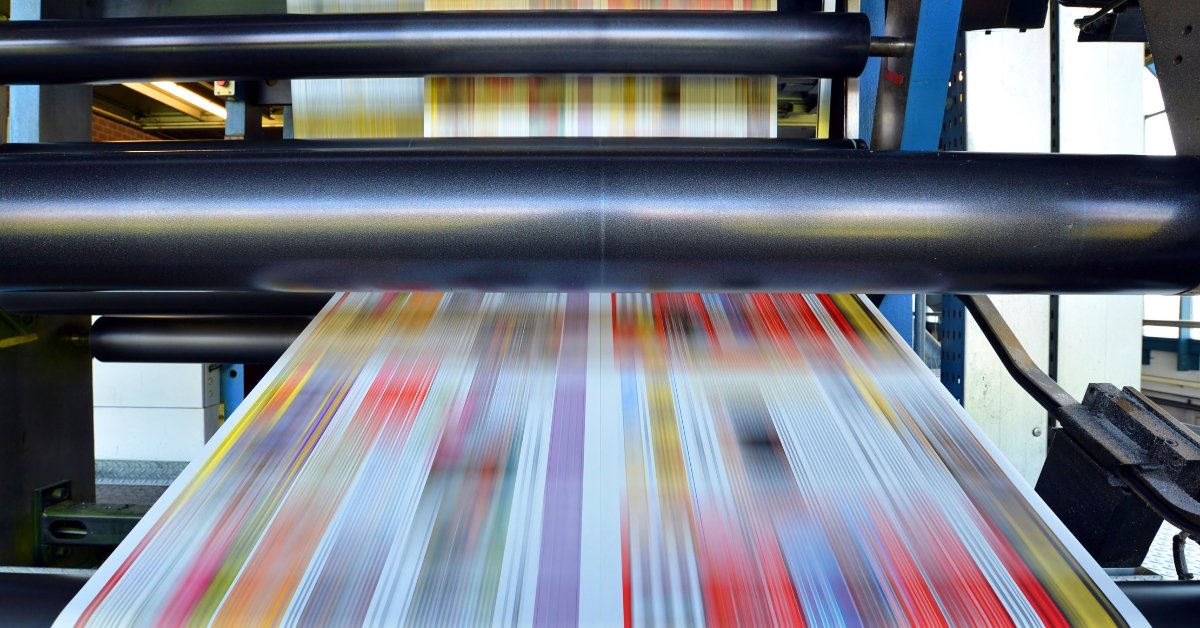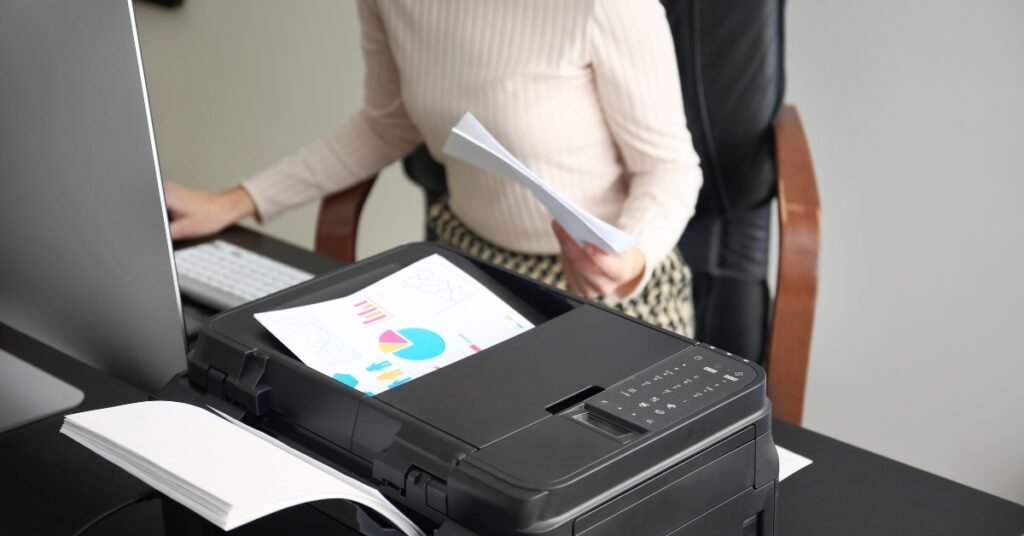Booklet printing is a comprehensive procedure. Whether you’re whipping up a snazzy catalog for your latest product line or crafting an informative manual, booklet printing is the world of oysters for you. This blog answers all the questions by getting into the nitty-gritty of making your project a page-turning reality, from picking out the right paper to nailing the binding. Stick with us until the very end, and you will be able to print booklets that look professional and feel like a feather in your cap.
What is Booklet Printing?
So, what exactly is booklet printing? What is booklet printing anyway? It is, in short, the art of turning printed sheets into a small book by binding or stitching them together. These are not your typical novels; I’m talking about smaller texts such as pamphlets, leaflets, and manuals. From single pages to multiple-page collections that are still lighter fare than a full book, when your prose just doesn’t fit in a “flyer” and an entire bound work is overkill. Booklet printing is just right as an information outlet, it’s hand-held and has all the relevant info at once.
Key Components of a Booklet
Cover
Every booklet starts with its cover – this is what beckons the reader to take a peek inside. The cover isn’t just about beauty; it’s about durability too. You’ll want to choose a material that stands up to handling but also catches the eye.
Binding
Moving inside, the binding keeps the pages together and can vary from the classic saddle stitch to the more polished perfect binding, depending on your page count and budget.
The Paper
Then there’s the paper itself. Not too flimsy, not too stiff; picking the right paper weight is crucial. It influences not only the feel of the booklet but also how well the pages turn and how vibrant your images appear. After all, first impressions count and your choice of paper can make or break those impressions.

Designing Your Booklet
Designing a booklet is like setting up a dinner party – you need the right arrangement to make sure everything flows smoothly.
Layout
Start with a clear layout. Margins should be generous enough to give your text some breathing room, while spacing and a consistent grid system keep everything from feeling cramped.
Typography
Typography is your secret weapon for readability. Choose fonts that not only complement your brand but are easy on the eyes. Mixing a serif with a sans-serif can create a dynamic look, just ensure there’s enough contrast.
Images
Now, let’s talk imagery. A picture speaks a thousand words, right? High-quality images can transform your booklet from good to great. But remember, it’s not just about slapping on high-res photos; they need to be relevant and aligned with your text to create a cohesive narrative. And before you go to print, make sure those images are crystal clear in the format you’re using because blurry pictures are a no-go.
Preparing Your File for Printing
Before sending your masterpiece to the printer, make sure it’s dressed to impress. Opt for software designed for print layouts like Adobe InDesign, which can handle the heavy lifting of booklet design with finesse. When saving your file, PDF is your best bet. It keeps everything locked in place: layout, fonts, and images just as you intended.
Don’t skip the proofreading! A second pair of eyes can catch those sneaky typos or layout mishaps that might sneak under the radar. Once everything’s polished, doing a final check with your printer’s proof can save you a world of heartache. Better safe than sorry, right?
Choosing the Right Printer
Picking a printer is like finding a good tailor; the right one can make you look sharp. Local printers can offer a personal touch with the convenience of face-to-face interactions. Online printers might provide competitive pricing and a broader range of services.
Quality is king, so look for printers with rave reviews and samples that dazzle. Don’t be shy—ask to see examples of their work. When it comes to costs, printers usually charge based on page count, color usage, and binding type. Understanding these factors will help you budget wisely and avoid any nasty surprises.
The Printing Process
Once you send your files off, the real magic happens. Your digital design becomes a stack of vibrant, crisp pages. The printer will run a first batch, checking for color accuracy and print clarity. It’s like a dress rehearsal for your booklet!
If something’s amiss, it’s back to the drawing board. Adjustments are made until everything looks just right. It’s a bit like tuning an instrument—every little tweak can make a big difference to the final performance.
After the Print: Finishing and Distribution
After printing, it’s time for the finishing touches. Options like UV coating can give your booklet a glossy sheen and extra durability. Think of it as putting a raincoat on your booklet – it adds protection and pizzazz.
Now, how to get those booklets into the right hands? If you’re running a local shop, handing them out in-store or at events can create personal connections. For wider distribution, mailing services can do the heavy lifting, sending your booklets far and wide. And let’s not forget digital copies – offering your booklet as a downloadable PDF can extend your reach globally without the extra printing cost.
The Wrap Up
There you have it—a complete walkthrough of booklet printing from start to finish. By now, you should feel equipped to tackle your own booklet project with confidence. Remember, each choice you make, from paper type to binding, shapes how your audience experiences your booklet. So make those decisions count. Got a booklet project in mind? Or maybe you’ve just finished one? If you are ready to print, reach out to our experts at Moore Graphics, and let’s bring your vision to life!



